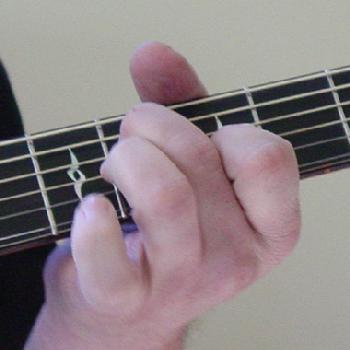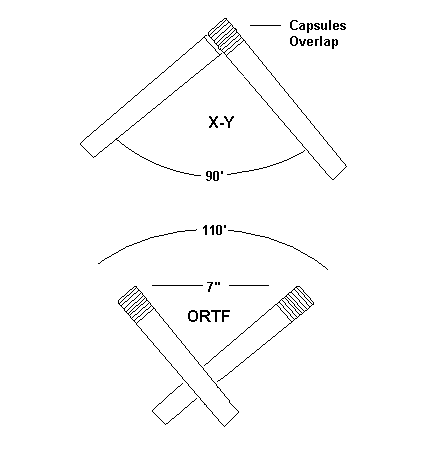

ACOUSTIC GUITAR:
Most guitarists will tell you that instrument choice is a very subjective and personal choice. Most engineers will tell you that mic placement and choice are just the same. With that said, understand that the following are my own opinions and generalizations. Your mileage may vary. Does not include tax and license, dealer prep and options, destination, service charges, or undercoating.
I'll approach this as if I'm recording a guitar solo intro leading into an ensemble pop song.
Mic'ing:
If you've been using dynamic mics, the best way to describe what you'd get is "just missing something" (dynamic range and frequency response).
As a starting point, try to use a large-diaphragm condensor if you can. The Neuman TLM-170 and TLM-103 are very nice and balanced. If you want an upper-mid push for chinka-chinka rhythm playing, go for the Neuman U-47, or U-87, both of which have this built in. In general, smaller diaphragm mics such as the Neuman KM-84/KM-184, AKG 451/461, or Shure SM-81 will also give you a reasonable sound and will also tend to add "sparkle" and brightness. Of these, the KM-84/KM-184 is the smoothest and is very pretty sounding for this application.
*NEW* For home recording, Marshall Mics make a really nice and inexpensive alternative to the TLM170s. Go "HERE" to see my review.
Mic Location:
Personally, I avoid the soundhole. Period. It's too boomy for me. My first placement (in a good room) is usually at the point where the neck meets the body, 6-10 inches out, aimed at the fretboard. If that yields too much fret noise, I can move out or down toward the soundhole a little at a time. To mellow things out, I may aim right behind/below the bridge at the treble side of the front of the guitar. If I have the tracks, I'll throw up an ambient pair, maybe 6-10 feet away, facing away and print them on another pair of tracks.
If I'm in an absolute track glut or need a more solid bass, I'll print the guitar's pickup to a track as well. You can always mix all these tracks down and bounce the mix to a pair of tracks in order to make space.
Spacial:
You can place one mic at the neck joint position and the other at the behind/below bridge position and pan them outboard, but the EQ differences may bother you.
You can place a co-incident or near co-incident stereo pair of mics at one of the previously mentioned locations to get a spread across the speakers. A typical conservative starting placement for a coincident pair is set up with the capsules overlapped and pointed at ninety degrees from each other.
A typical starting point for a coincident, ambient pair is with the mic capsules overlapped and at ninety degrees and the pair about six to ten feet out.
